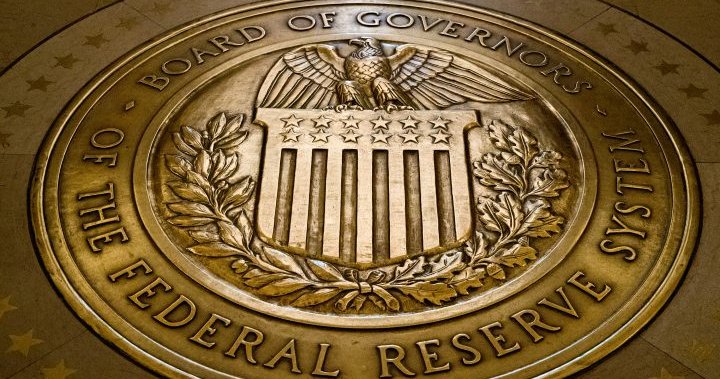The stress tests conducted by the Federal Reserve this year have shown that the nation’s 23 largest banks have passed, indicating resilience in the banking system despite recent failures in Silicon Valley Bank, Signature Bank, and First Republic Bank. However, there were some concerns raised about midsize and super regional banks, as some passed with a smaller cushion than usual. The Federal Reserve hinted at making the tests harder in future iterations due to the banking crisis earlier this year. Michael Barr, the Fed’s vice chair for supervision, emphasized the need for continued work to ensure banks are resilient to economic scenarios, market shocks, and other stresses.
The stress tests have become an annual assessment for the financial system since the Great Recession and 2008 financial crisis. The tests evaluate potential losses in the banking industry under hypothetical scenarios of unemployment skyrocketing and economic activity severely contracting. The Fed has also used current events, such as the possibility of a double-dip recession caused by the coronavirus pandemic, to shape their scenarios.
In the 2023 tests, the Fed hypothesized a scenario with a severe global recession leading to a 40% decline in commercial real estate prices, a substantial increase in office vacancies, and a 38% decline in home prices. Under the worst-case scenario, the unemployment rate would rise to 10%. The results showed that the largest banks would have collective losses of $541 million, and their capital ratios would fall from 12.4% to 10.1%, which is comparable to previous years.
To pass the stress tests, banks must have a stressed capital ratio of at least 4.5%, and the collective average of the 23 largest banks was well above that figure.
The Fed also tested the balance sheets of banks with large trading books to assess their ability to withstand a market shock caused by inflation and rising interest rates. The results showed that these banks would be able to endure such a shock.
The midsize banks and super regional banks, like M&T Bank, Citizens Bank, US Bancorp, and Truist, had the lowest capital ratios under these tests. This indicates that banks that are not considered “too big to fail” are struggling under high interest rates and inflation.
Under the Fed’s stress test, US Bank would have a ratio of 6.6%, Truist would be at 6.7%, and Citizens Financial would be at 6.4%.
It’s worth noting that the number of banks tested this year decreased to 23 from 34 in 2022. The Federal Reserve decided in 2019 to test banks with assets between $100 billion and $250 billion every other year.
In conclusion, the stress tests conducted by the Federal Reserve demonstrate the resilience of the nation’s banking system. However, there are concerns about certain midsize and super regional banks. The Federal Reserve is considering making the tests more challenging in the future. Overall, the tests provide valuable insights into the banks’ ability to withstand various economic scenarios and market shocks.
Denial of responsibility! VigourTimes is an automatic aggregator of Global media. In each content, the hyperlink to the primary source is specified. All trademarks belong to their rightful owners, and all materials to their authors. For any complaint, please reach us at – [email protected]. We will take necessary action within 24 hours.


